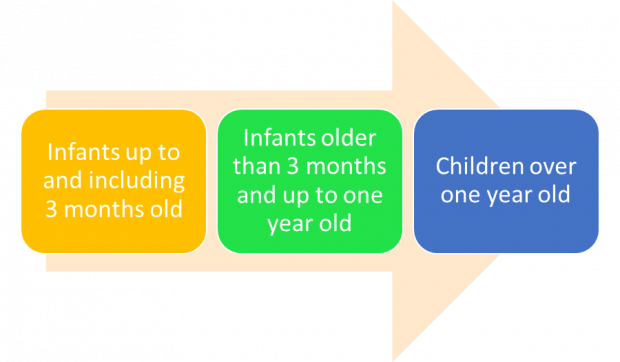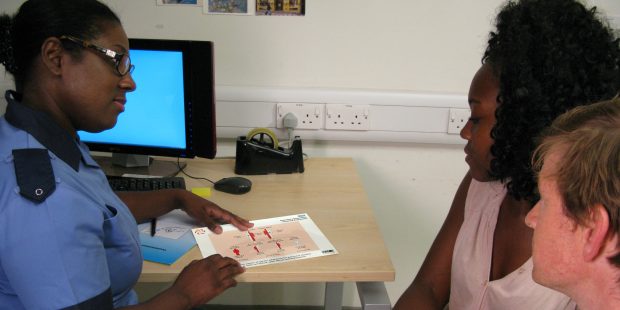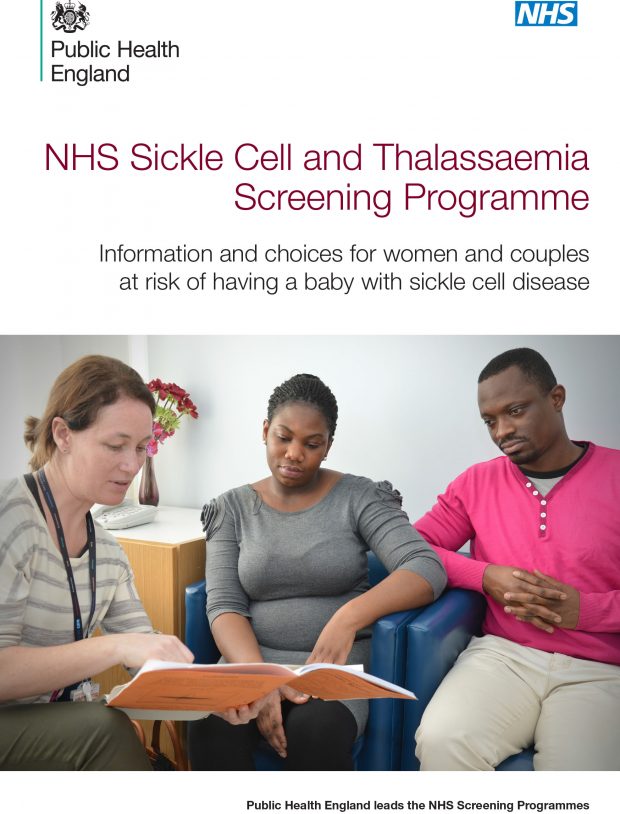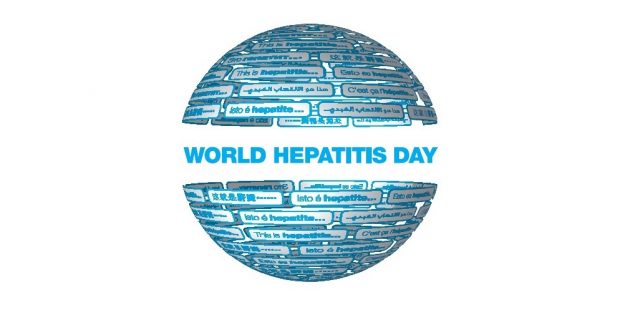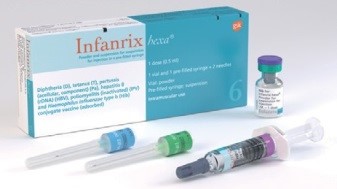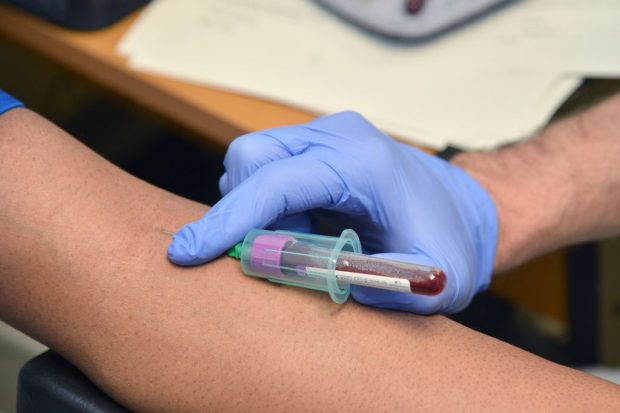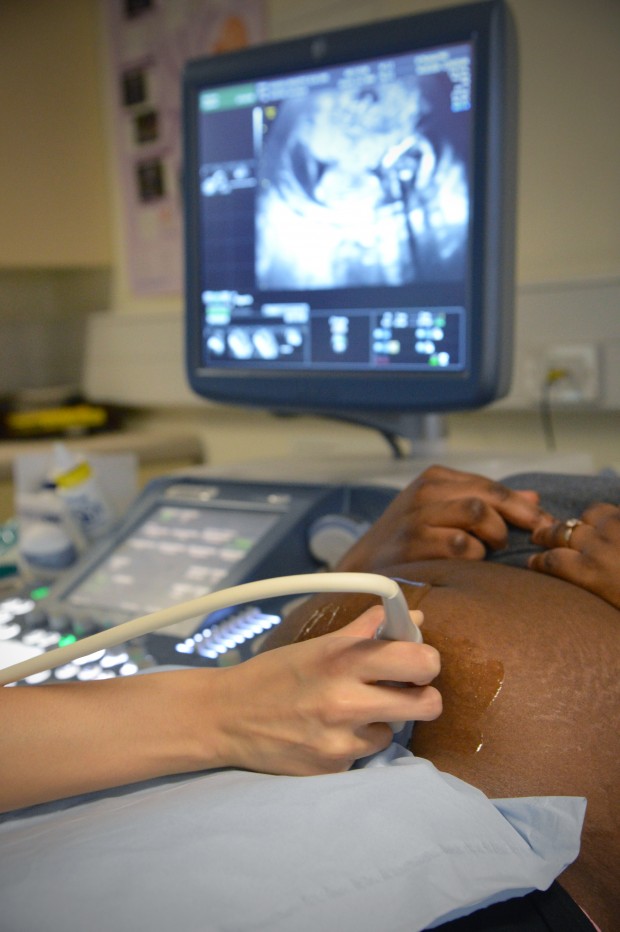...of an updated version of the antenatal laboratory handbook for the NHS Sickle Cell and Thalassaemia (SCT) Screening Programme. The updated antenatal laboratory handbook for the NHS Sickle Cell and...
...to and including 3 months old. Infants older than 3 months and up to one year old. Children over one year old. Use this flow diagram to easily put children...
...wanted to: hear examples of positive outcomes for affected children be put in touch with patient organisations who could find someone in the community to support them meet young people...
I’m the Sickle Cell and Thalassaemia Screening Lead at Northampton General Hospital and Kettering General Hospital. For the past year I’ve been on secondment as national project lead for the NHS Sickle Cell and Thalassaemia (SCT) Screening Programme.
...blood or other body fluids of an infected person (for example, through sex or injecting drug use) Most adults infected with hepatitis B will get rid of the infection spontaneously....
We’ve updated our antenatal and newborn screening information for public and professionals following a change to the vaccination schedule for babies.
Back in November 2016 and March 2017 we published blog articles about the additional option of non-invasive prenatal testing (NIPT) to the fetal anomaly screening pathway.
...find out if they’re at risk of having a baby with sickle cell disease or thalassaemia major, which are serious inherited blood conditions. This gives parents time to consider the...
If you work in ultrasound or radiology you will be well aware there’s a national shortage of trained staff. Many ultrasound departments rely on agency sonographers.
We use key performance indicator (KPI) data to measure how the NHS screening programmes are performing.

